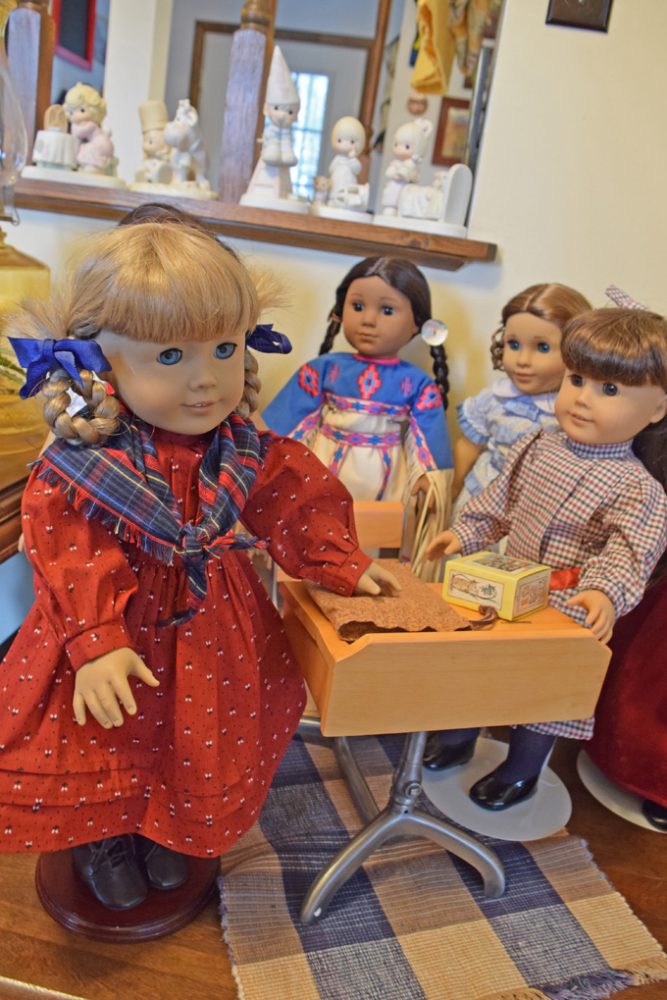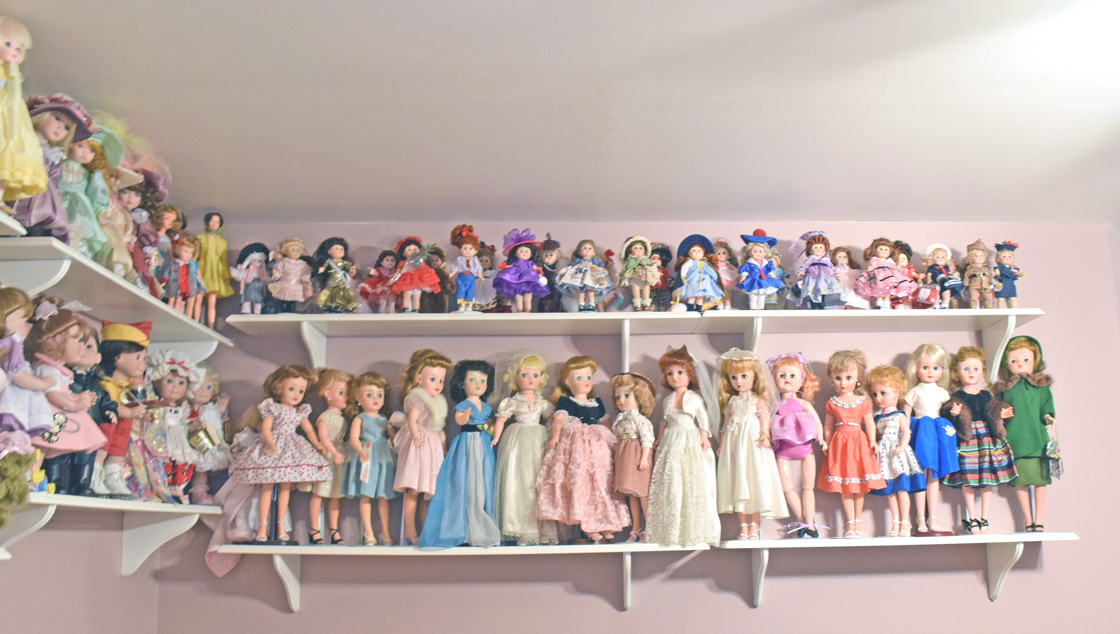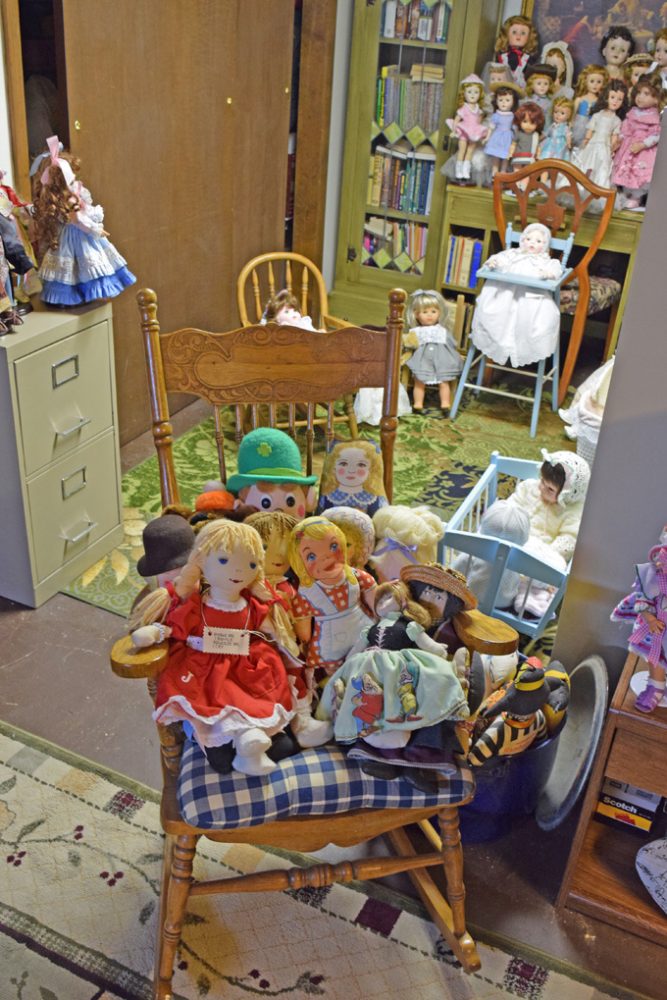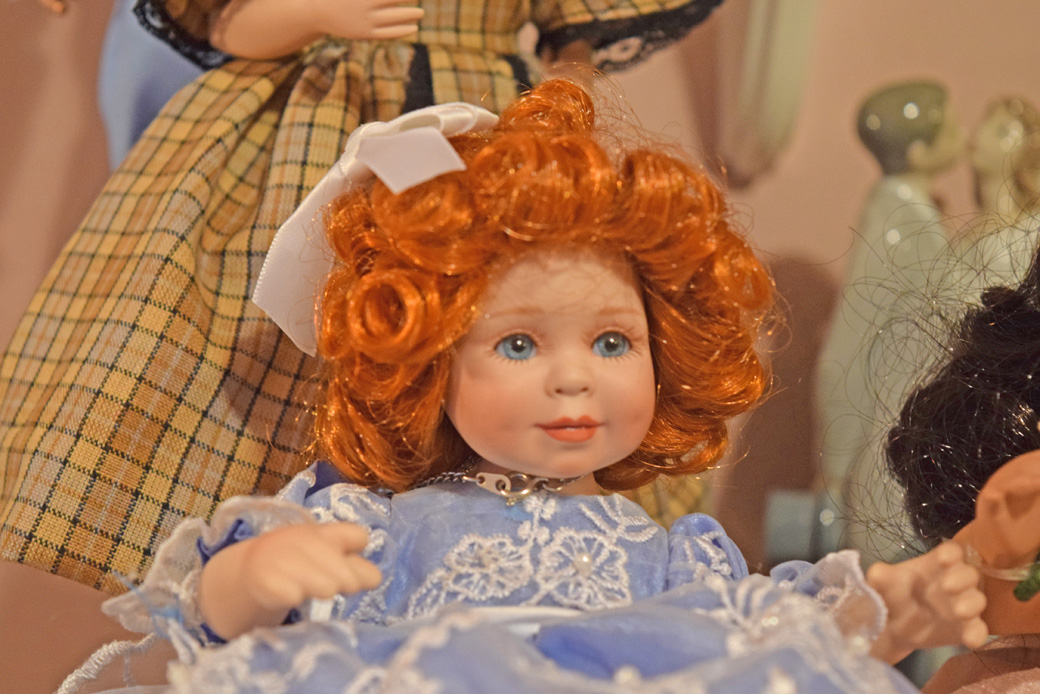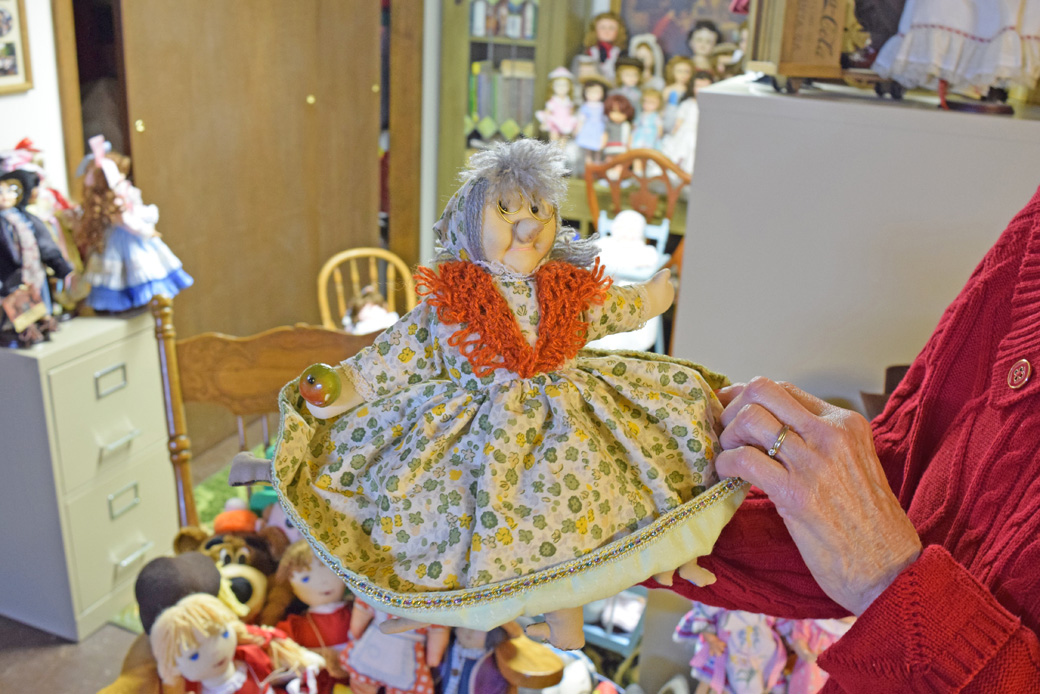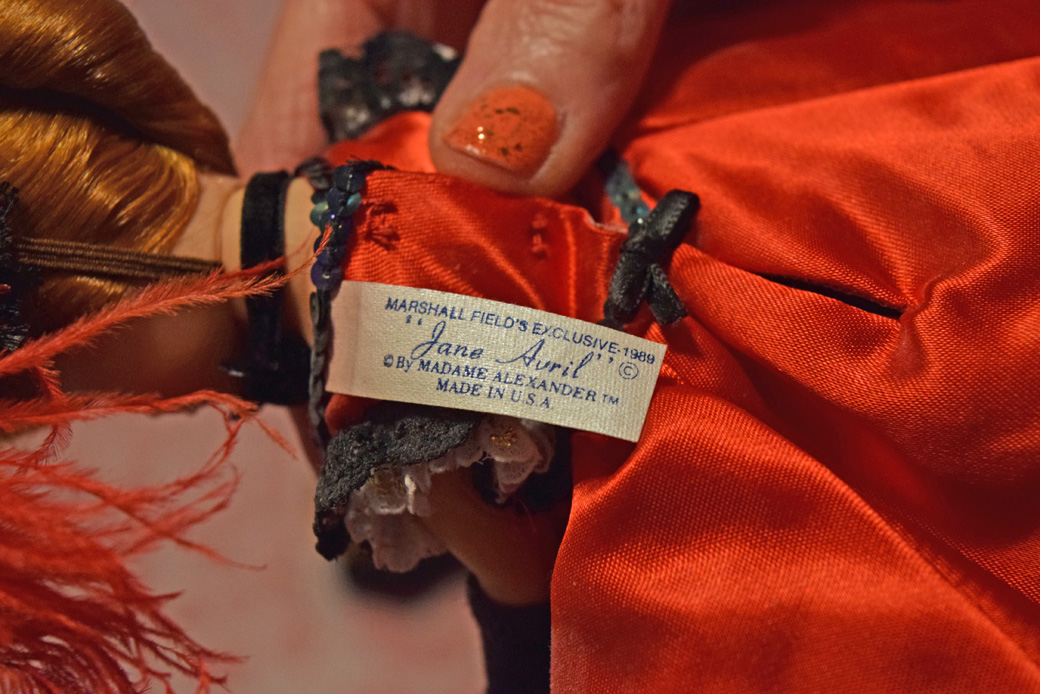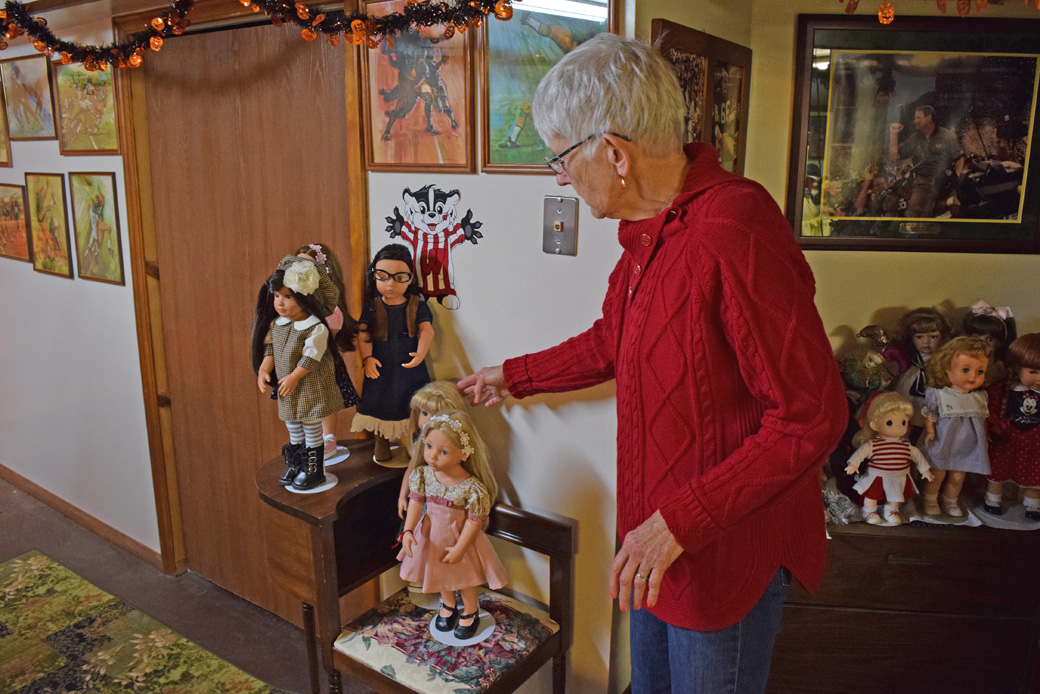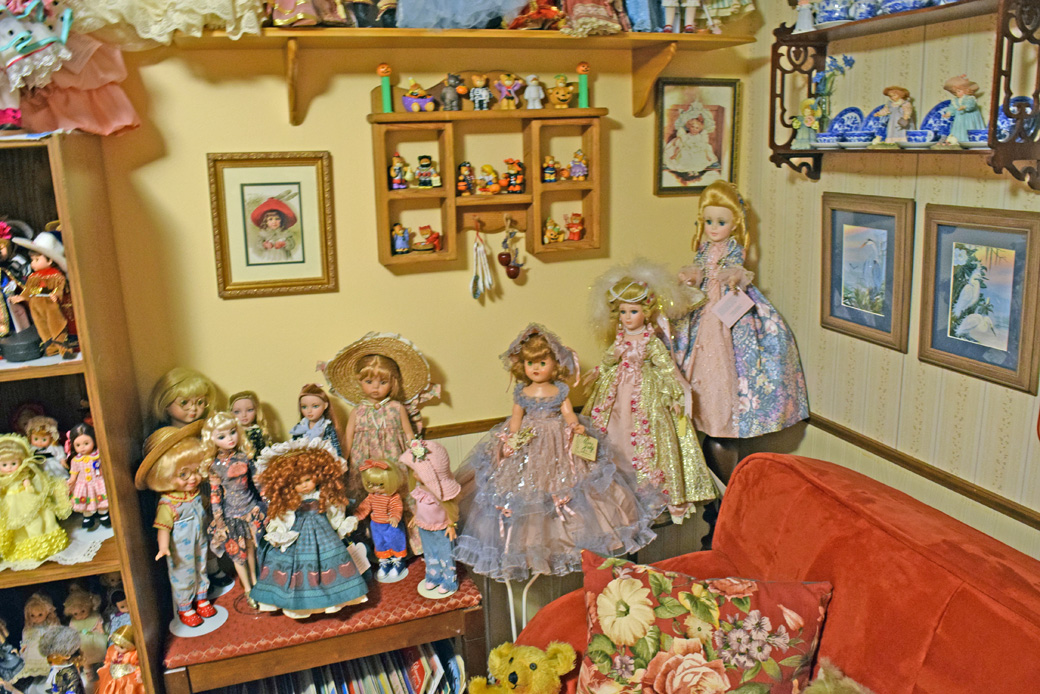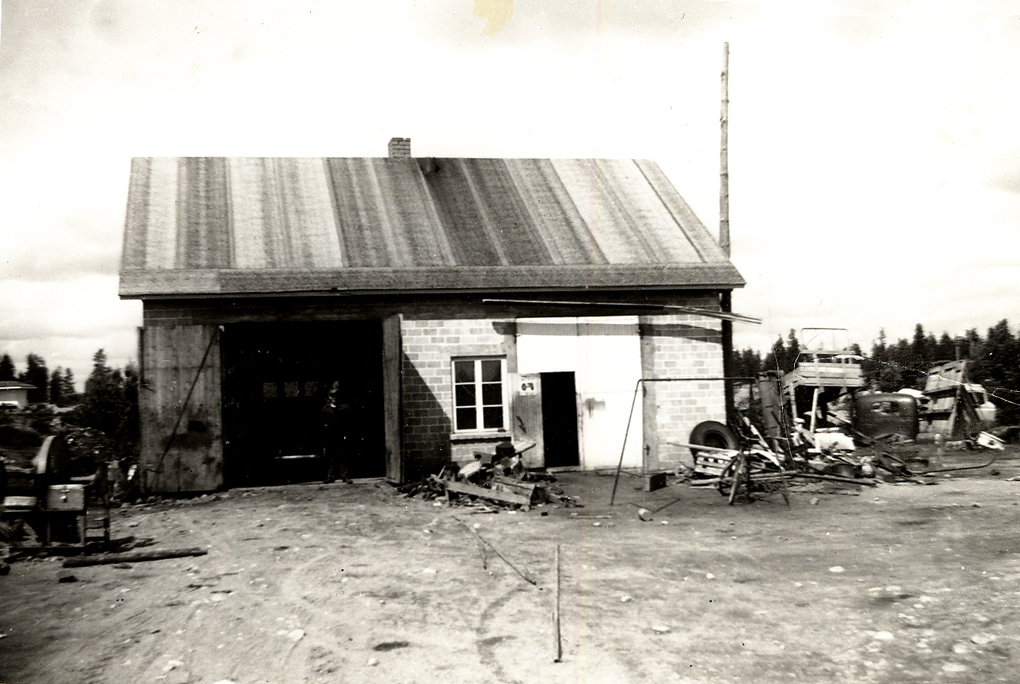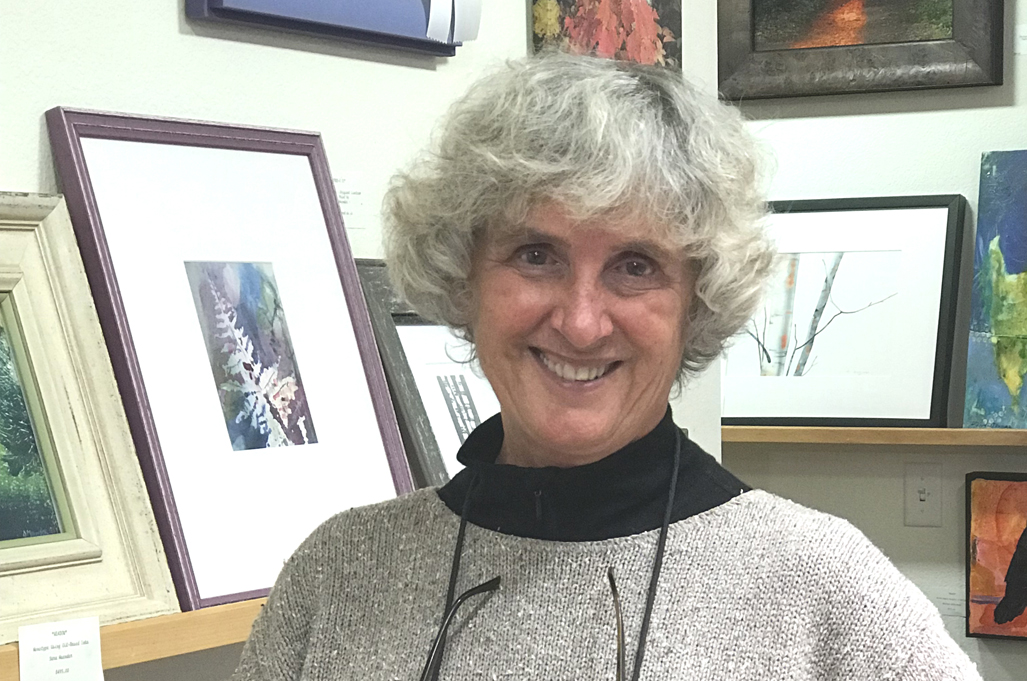Dolls, antiques, history and literature
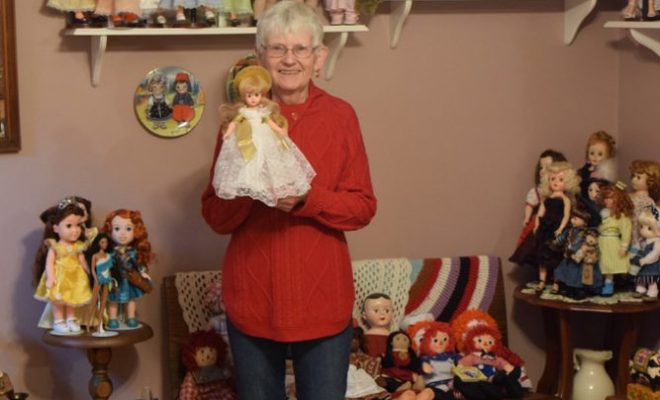
How one ‘boomer blends her passions to create a treasured hobby
Story and photos by Eileen Persike
Walking into the home of Judy and John Wainwright, it is fairly evident why the couple’s children refer to the abode as the Wainwright Museum. Antiques line shelves on the walls opposite the front door. Various cooking vessels and pots accumulated over the past several decades share the room, and indeed the house, with collections of figurines and dolls of all shapes and sizes.
In the kitchen, a display of Shawnee dinnerware sits near pieces of Franciscan Desert Rose china and antique Graniteware roasters and coffee pots – all a reflection of John’s interest in history. Judy shares her husband’s enthusiasm in antiques and history, but her passion tends toward dolls.
“You will find out that as a doll collector, I’m very eclectic,” Judy confided. “I have a lot of modern dolls, some antique dolls, my Barbie collection like everyone has…but I like fashion – that’s my thing. So when I purchase one it’s because of the fashion she’s wearing.”
Both of the Wainwrights are retired educators. Judy taught English to middle and high schoolers, and spent some time teaching elementary school before retiring in 2002 after 33 years of teaching. It makes sense, then, that in addition to fashion, Judy is fond of any doll that is related to a story, including Anne of Green Gables, Laura Ingalls and Heidi. She also has a soft spot for Irish dolls, a nod to her heritage.
In June 2003, following a year off for her “body, mind and spirit to recover,” Judy joined the Enchanted Doll Club of the Northwoods.
“I’d always liked dolls and I loved to sew,” Judy said. “The publicity for the club was always in the local paper, so decided to try it.”
A few months later she was voted in as an officer.
“Doll club meetings are dangerous because we do a different topic each time and somebody brings one in and you say, ‘Gee I like that doll,’ then you begin investigating and pretty soon you have that doll,” Judy said with a laugh.
Most of her dolls have been collected since that fateful first doll club meeting. Fortunately, Judy said, her history buff husband enjoys the historical aspect of the dolls and the stories they tell. Some of the dolls come from eBay, but the couple enjoys taking antique hunting excursions as well.
“We have a son in New York and we also spend about a month-and-a-half in Mississippi, so we antique all the way down, all the way back, all the way out there and back,” Judy explained. “A lot have been bought at antique malls, but some are brand new.”
Trips to the East Coast are of particular interest to Judy, as most of the American doll manufacturers began the trade in New York. One of her most admired manufacturers is Beatrice “Madame” Alexander. It’s not just the Madame Alexander dolls that Judy likes, but Beatrice’s story as well.
Alexander was born in New York in 1895 to Russian immigrant parents. She learned her craft at her father’s doll hospital, and at the urging of her mother, began making dolls in her home in 1923. Since then Alexander’s company has created more than 5,000 different dolls, many based on historic events, literature, music, art and film. Her dolls were typical of America’s first dolls, manufactured out of something called “composition,” which was pressed sawdust and paste. Prior to the 1920s dolls were mostly imported from Germany or France.
“She is someone all doll collectors are familiar with,” Judy said. “She was a brutal business woman and was the only woman in a business that was run by men at the time. She really led the way for women.”
Doll makers are “the best copycats in the world,” according to Judy, so simply looking at any of her dolls is usually not enough to determine their origin. But collectors of Madame Alexander dolls, she added, hope to find them with identifying wrist tags.
“People contact us doll club members, and say, ‘I’ve got these dolls, are they worth anything?’ The very first thing we do is we turn her over and look at her hair and see if there’s a name on the back of the head or on the shoulder plate. And then we know who made the doll,” Judy said.
Of the hundreds of dolls that have found their way into the Wainwright home, Judy has no favorite. Her most valuable doll, a boy made of wood with the rare combination of brown eyes and brown hair priced at around $800, sits among others, in the same room with collectible Happy Meal toy dolls dressed in Halloween costumes. Some people put their dolls where they can’t be touched, Judy said, but hers are for touching.
“My dolls are not the super expensive dolls,” Judy said. “Most fall in the price range of under $100. But I like all kinds. If they speak to you, they speak to you – can’t do anything about it.”
Along with Madame Alexander, Judy likes the doll maker Seymour Mann. Mann, she said, was the first to use the internet to sell his dolls. And he had the copyright to create dolls from the drawings of another of Judy’s heroes, early twentieth century artist Maud Humphrey.
“Maude Humphrey was the first woman illustrator – and Humphrey Bogart’s mother,” Judy said. “She was in the art world what Beatrice Alexander was in the doll world. Her artwork was cutting edge, early 1900s. I like to say she’s my inspiration that women can do whatever they want!”
A tall blonde doll dressed as a bride stands on a shelf with several others. “This is my doll,” Judy said touching her lightly on the head. “My father said this was my last doll, when I was 10. So I put her away and when I had my daughter she played with her endlessly. We even have some wonderful pictures of [one of my sons] dragging her around. She got put away again and when I became a doll collector, she came out.”
As unusual as it may sound today, Judy said dolls like hers could be purchased in grocery stores back then. She also has a collection of rag dolls that were at one time printed on flour sacks to be cut out and sewn. Dolls used in advertising, for Coca-Cola, Del Monte, or Chiquita to name a few, also have a place in the so-called Wainwright Museum.
“Doll makers need inspiration, and they get it from paintings and art,” Judy concluded. “And pretty soon it’s all connected.” And, in some cases, collected.
The Enchanted Doll Club of the Northwoods meets the last Thursday of the month at the Walter Olson Memorial Library in Eagle River. Each month a different topic is discussed. Contact Judy for more information, at 715-482-9804.
Leave a reply
You must be logged in to post a comment.

